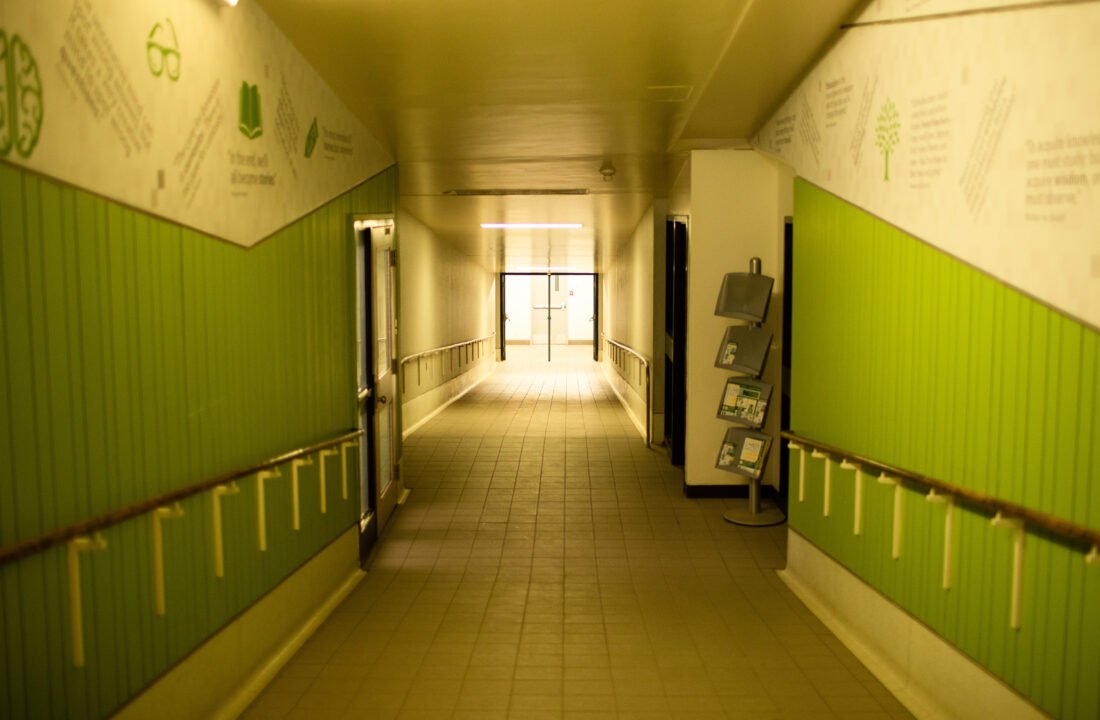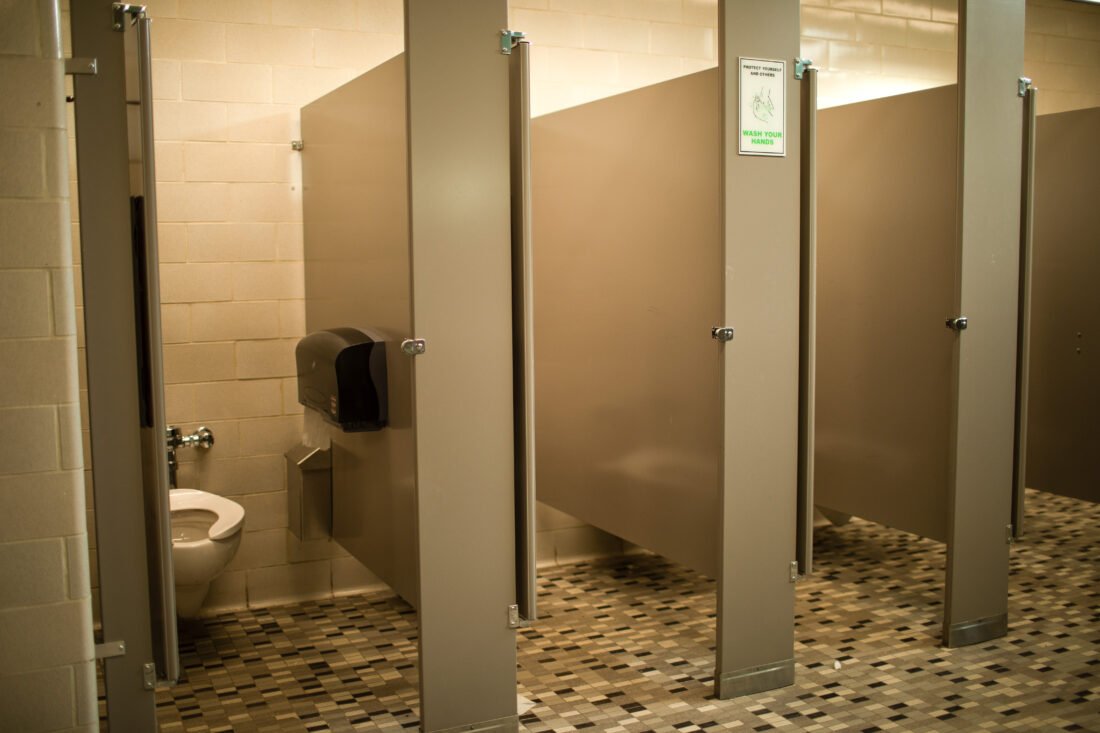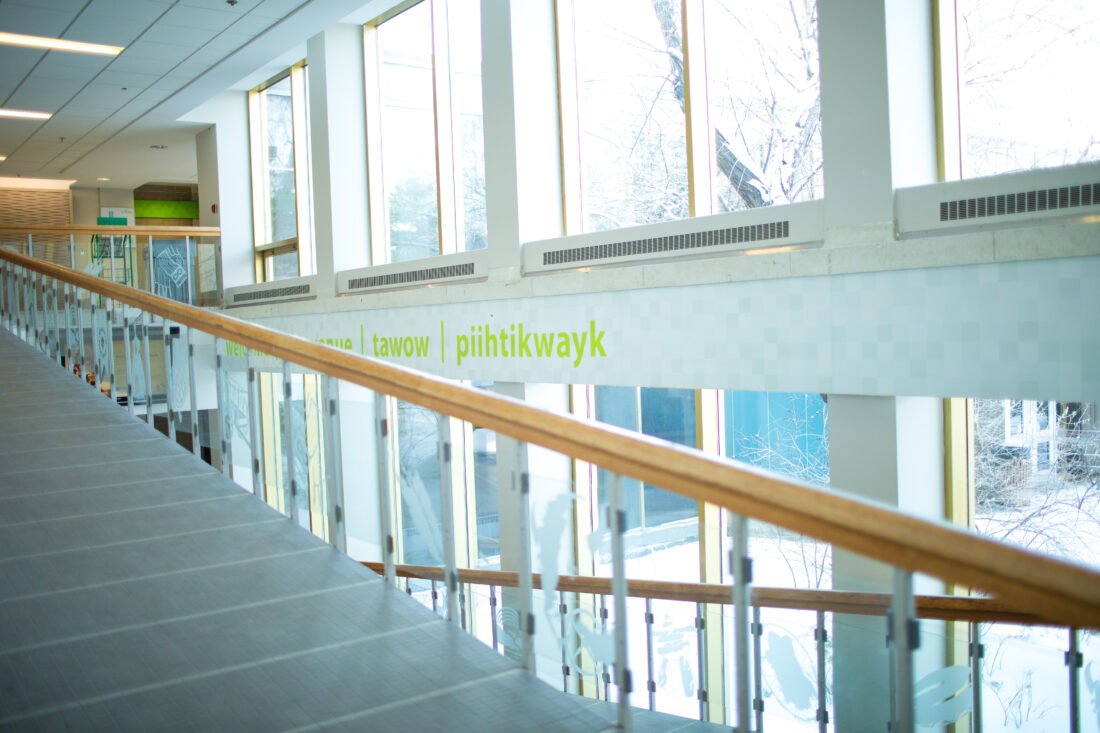This article highlights the good and bad about wheelchair accessibility on USask’s campus and proposes minor improvements that could make daily navigation easier for those who use wheelchairs, along with other disabilities.

USask prides itself on its Access and Equity Services (AES), which attempts to accommodate general accessibility towards its students. According to their website, accommodations can be made for “students who experience barriers in their education on the basis of a prohibited ground(s), including disability, religion, family status, and gender identity.” However, is USask doing enough to ensure all students have equal access to as equitable a post-secondary experience as their peers? Is AES itself enough on USask’s part?

On a Reddit post made by the Sheaf staff on Feb. 1 asking campus-goers to provide feedback on campus accessibility, some users noted issues with the bathrooms, stating that “I can never find them,” with another user following up saying “they need signs!” A different user notes that “the washrooms on the second floor of Murray have stairs you need to walk up,” which only adds to the already prominent issue of inaccessible bathrooms. Finally, one Redditor mentioned that “not all bathrooms have wheelchair-accessible stalls … which limits a wheelchair-using student’s options.”
The sparsity and lack of signage for bathrooms in the first place, coupled with even fewer wheelchair accessible bathrooms, seems to be a prominent concern among students altogether.

In addition to this Reddit post, the Sheaf conducted an interview with Chinaza Onyeneke, a 2nd-year B.Sc Health Studies who requires the use of a wheelchair. Onyeneke optimistically outlined USask’s wheelchair accessibility as generally okay. Although her first term with USask was online, she spent the rest of her time on campus, with classes in the Health Science, Geology, Thorvaldson, Physics and Arts and Science buildings.

Onyeneke had only a few suggestions to help wheelchair users throughout the campus. One notable suggestion was in regards to the road to Place Riel from Health Sciences along the outside of Murray Library. This road is very difficult to traverse in icy conditions. She suggested more frequent ice maintenance or a textured pathway so it would be easier for her wheelchair wheels to grip.

Onyeneke also mentioned the washroom facility entrances and elevator access doors in the Arts and Science building are mostly too narrow for her wheelchair to easily fit. She noted that buttons to automatically open doors for bathroom stalls would be a nice addition, as it is not always easy to open, close and lock the stall doors efficiently.

Speaking of buttons, Onyeneke noted that the wheelchair accessible automatic door buttons across campus are often not always functioning, or not fixed in a timely manner. Regular maintenance and check ups on these services would be beneficial, so it is not left to the students who need them to always be the ones reporting these breakdowns.
Certain rooms in the Health Sciences building, such as the large Room 1150 lecture hall, have heavier doors that do not have buttons to automatically open the doors for wheelchair users.
The concern behind this article originated from noticing specific classroom wheelchair accessibility. Movie theatres have designated areas for wheelchair users, and this accommodation would be nice to see in classrooms. For example, desks that are slightly lower or adjustable to fit the height of a wheelchair user comfortably would be good.
Onyeneke suggested having one or two chairs in each classroom that have reinforced back support, as she does enjoy taking a break from her wheelchair if there is room for her to do so.
Generally speaking, USask does have wheelchair accessibility throughout the campus, however students feel that there are necessary improvements that must be made as there are more wheelchair users coming to campus. As registration numbers increase, it’s important to consider that some of these students may need wheelchair accommodations.
In conducting research for this article, it was found that there were other types of accommodations, quoted below, that need to be addressed. These include appropriate accommodations for visually-impaired students, more washrooms accessible and clearly labeled, and variable desk sizes so students of all sizes can comfortably sit in classrooms. Ideally, with current USask students voicing these concerns, the university will implement these changes sooner, rather than later.
…
Here are some additional quotes of interest from the Reddit post:
“I have heart damage from a covid infection and am unable to study safely anywhere on campus. There are many sick people who aren’t staying home and aren’t wearing quality masks. Some of my classes are not recorded so many people show up sick. Yesterday there were tons of people sniffling, sneezing, coughing, and blowing their noses throughout lectures. It’s scary for the people who have been damaged by this virus to be forced into over crowded classrooms with no protections. I spend many hours studying in my car in the parking garage while waiting for my next class to begin.” – u/aboveavmomma
“As a physically disabled student, here are some of the things I’ve noticed in regard to accessibility. I’m not a wheelchair-user myself, but all the stairs around campus present an obvious barrier to students who are, and I find that some of the ramps we have are so steep that I don’t know if a wheelchair could even go on them. Not all bathrooms have wheelchair-accessible stalls either, which limits a wheelchair-using student’s options. As someone with a visual disability, these are some barriers I’ve personally run into, in no particular order: Not all elevators have braille near the buttons. Not all classroom numbers are marked in braille either. The washing machines and driers in the Voyageur Place laundry rooms are inaccessible to me (I had to label them with braille myself) I can’t read the menus that are displayed in lower Place Riel, or any other campus food outlets. I have a difficult time keeping up with student groups and events on campus, since I can’t see any posters which might be displayed, and I almost never know what groups are set up in the Arts tunnel.” – u/hue_mew
“Other people have done a great job of discussing the physical accessibility, but I would add that the process of accessing AES is excessively daunting to the point that it I feel it’s inaccessible to the people that need it the most, and if you’re already struggling with your studies you really don’t have the time and energy to drag yourself though their unnecessarily complicated process.”
– u/Upper_Version155
“As somebody who is ambulatory, but gets light headed and faints, I found the elevator placement to be really inconvenient on my bad days. Stairs were extremely accessible, but I’d have to double my steps taken (and trip distance!) to go up or down a level safely.” – u/EvaRawr
“this isn’t as big of an issue but as someone who is a bit chubby, i have a hard time with the little desks. i don’t fit really well into the desks with the fold down desktop. it makes me not want to go to class because i don’t physically fit into the lecture hall desks. i’m not even that fat. i can’t imagine being 50+ lbs more than me and trying to be comfortable in the desks set up for people of a certain size” – Cassiopeia Raycraft, 3rd year student